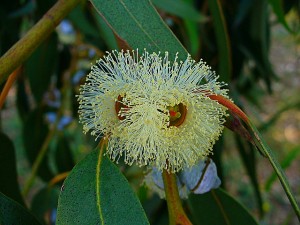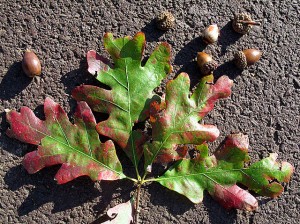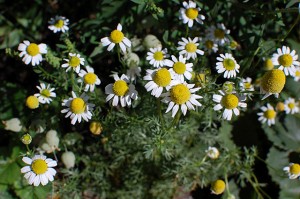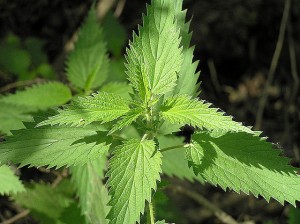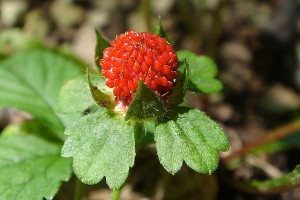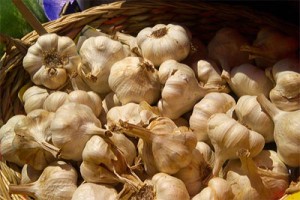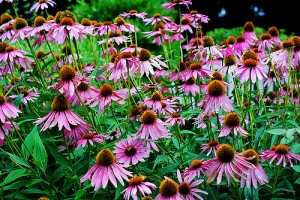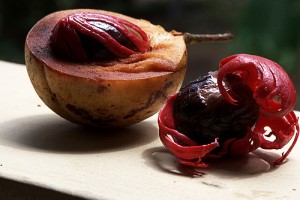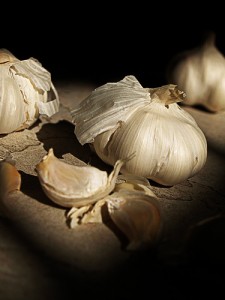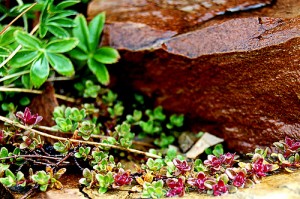Eucalyptus Oil
- 4 drops eucalyptus oil
- 2 drops lemon oil
The principal ingredient in eucalyptus oil is eucalyptol, which has strong germicidal and disinfectant properties.
- Blend a few drops of eucalyptus oil and massage oils for a cooling and stimulating effect on both mind and body. (Apply to pulse points)
It is an ideal essence to use in a sickbed environment.
- Five drops of the oil in a diffuser will kill germs in the air and reduce the number of airborne bacteria. (This helps keep germs from spreading)
The STRONG germicidal effect can help heal wounds, burns, ulcers and insect bites or stings.
- Place a few drops of the oil on a dressing or bandage before covering the area with it.
- A chest compress with eucalyptus and massage oils will help loosen phlegm and improve lung function.
Get the best detoxifying effects of a sauna.
- Place 3 drops of the oil in a ladle fulL of water and pour over the hot stones.
External use:
- Lower a fever with a eucalyptus calf wrap; Add 5 drops of eucalyptus oil to 1 qt. of lukewarm water, soak linen or cotton cloths in the mixture. Wrap the cloths around your calves and secure with dry cloths. (Calf wraps should be used only when the feet are warm)
- To get rid of dandruff; Mix 10 drops of eucalyptus oil with your shampoo and massage well into your scalp. (Wait a few minutes before rinsing)
- To alleviate cold symptoms; Place a few drops of eucalyptus oil on a handkerchief and deeply inhale.
- To relieve sinus and chest congestion; Combine 5 drops of eucalyptus oil with 1 drop of peppermint oil. Add crushed eucalyptus, peppermint, coltsfoot and comfrey herbs. Place ½ oz. of mixture in a clean sock, knot the end and place inside your pillowcase overnight.
- For relief from muscular aches and pains; Mix 10-15 drops of eucalyptus oil and 2 oz. of sweet almond or grapeseed oil, massage into muscles.
Insects dislike the odor of eucalyptus oil.
- Add a few drops of the oil to massage oil.
- Place a few drops in a diffuser to keep the room pest free.
Warning: Too much eucalyptus oil can irritate the skin, be sure to use the exact amount specified in the preparations listed here. Combining eucalyptus oil with massage oil reduces the chance of irritation. Keep eucalyptus oil away from children.
References:
- The Complete Guide To Natural Healing
Note: Consult with a Physician or certified herbologist if you are seeking medical remedies. The information is not intended as medical advice. PagansWorld.org is not liable for the misuse of the herb listed above.
Thanks for stopping by! Well wishes to you all, have a great day!
Lisa

